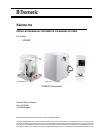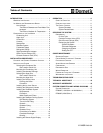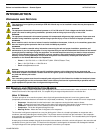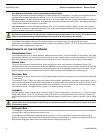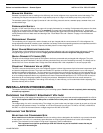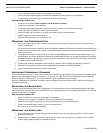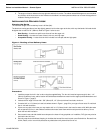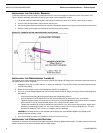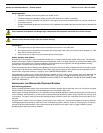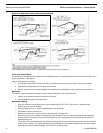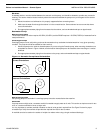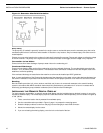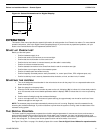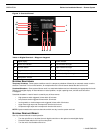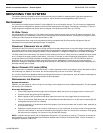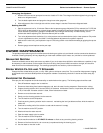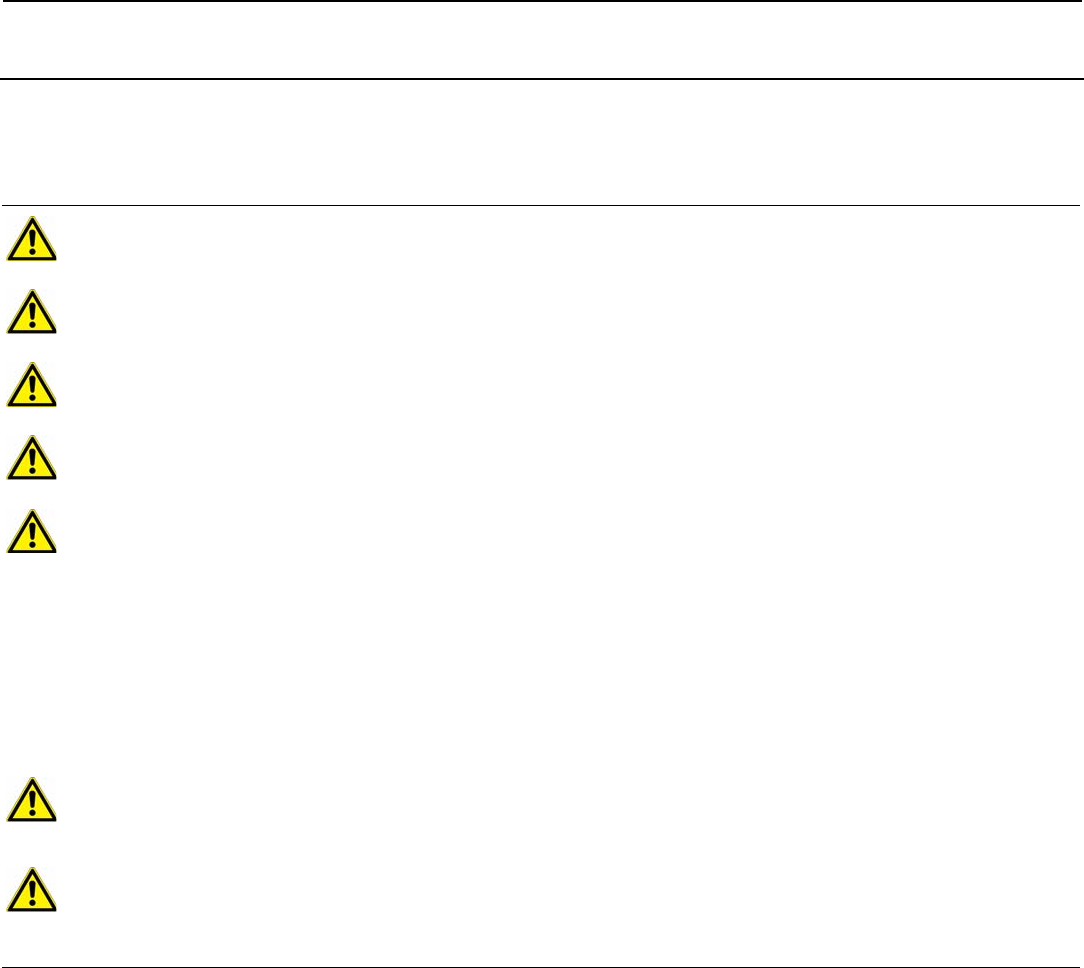
Eskimo Ice Installation Manual - Remote System INTRODUCTION
L-2448B ENGLISH 1
INTRODUCTION
WARNINGS AND NOTICES
ICE MAKING AND REFRIGERATION BASICS
The evaporator in the ice maker evaporates liquid refrigerant to remove heat from fresh water in order to freeze it. As the water
freezes onto the wall of the evaporator shell, it is scraped off by the auger and pushed to the ice-collection box.
HOW IT WORKS
The basic principle of an ice machine system is that a liquid refrigerant absorbs heat as it turns into a gaseous state
(evaporates) and releases heat as it turns back into a liquid state (condenses). The system consists of five main components:
• Evaporator - Absorbs heat from the fresh water in the evaporator causing the fresh water to freeze..
• Auger - Scrapes the frozen fresh water from the sides of the evaporator and extrudes it into the discharge hose.
• Condenser - Releases heat into the seawater and turns the refrigerant gas back into a liquid.
• Compressor - Drives the refrigerant through the loop.
• Metering Device - Meters the flow of refrigerant to the evaporator.
The ice maker’s refrigerant compound has a very low boiling point. It flows in a closed loop between an evaporator and a
condenser, alternately absorbing and releasing heat. This process removes the heat from the fresh water in the evaporator/
auger assembly and causes the fresh water to freeze on the inside of the evaporator wall. The heat absorbed by the refrigerant
is transferred to the seawater.
A water pump circulates seawater through the inner tube in the condenser coil which cools the refrigerant in the outer tube and
condenses it from a gas into a liquid. The heat from the refrigerant is exchanged to the seawater and discharged overboard.
The liquid refrigerant is then pumped through the evaporator coil and the cycle repeats.
DANGER
This equipment is not ignition protected per CFR 183.410 and may not be installed in areas that may be exposed to
flammable gas.
DANGER
The equipment referenced in this manual operates on 115 or 230 volts AC. Such voltages can be lethal, therefore
proper care must be taking during installation, operation, and servicing to prevent injury or loss of life.
DANGER
The equipment referenced in this manual operates with compressed refrigerant at high pressures. Proper care must
be taken during installation, operation, and servicing to prevent injury or loss of life due to improper procedures.
WARNING
Never install the unit in the bow of a boat. It must be installed on the transom, in the aft, or in a machinery space that
does not require ignition protection that is as far aft of midship as possible.
WARNING
This manual contains essential safety information concerning the safe and proper installation, operation, and
maintenance of your ice making system. It is very important that you read and understand the contents of this manual
thoroughly before installing or using the equipment. You should keep this manual on your boat for future reference.
Failure to follow Dometic approved installation, start-up, operation, and troubleshooting procedures will void the
warranty. If there are any statements in this manual that you do not understand, contact your local dealer for
assistance or the Dometic Marine Service Department:
• Phone: +1 804-746-1313 or +1 954-973-2477 (8AM - 5PM US Eastern Time)
• Fax: +1 804-746-7248 or +1 954-979-4414
• Email: sales@dometicusa.com
NOTICE
Some equipment may be shipped with specific installation sheets or wiring diagrams that may supercede the
information located in this manual. Dometic reserves the right to update or change any information located herein at
any time and without prior notice.
NOTICE
Your ice-making system uses the environmentally safe refrigerant R-134a. Federal law forbids the intentional release
of any refrigerant gas into the environment. Make certain that any field service is performed by a specialist with the
proper equipment to prevent loss of refrigerant during servicing.



